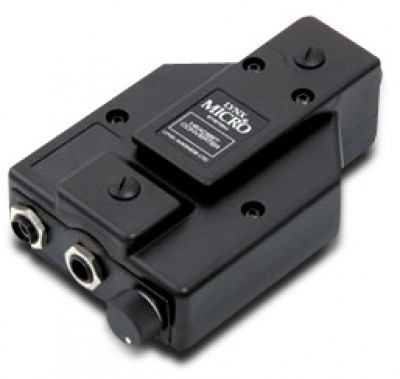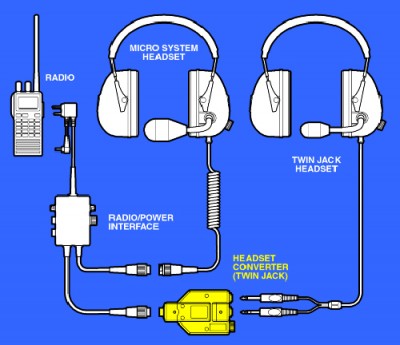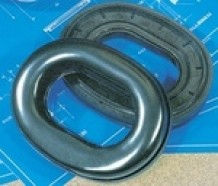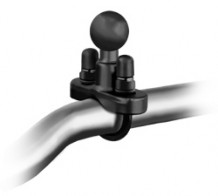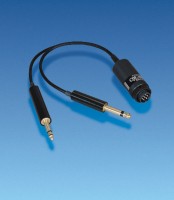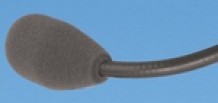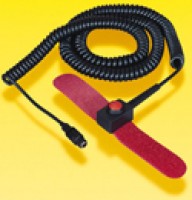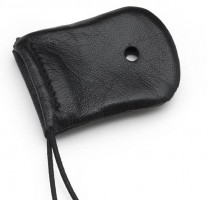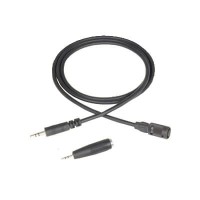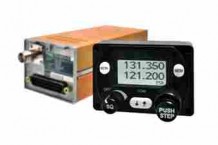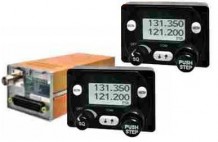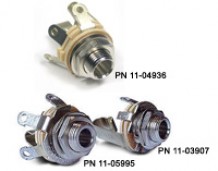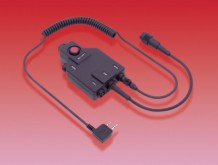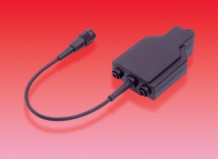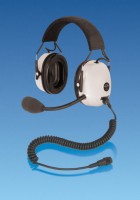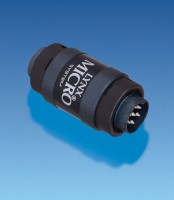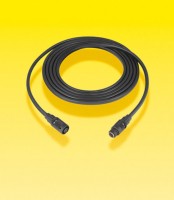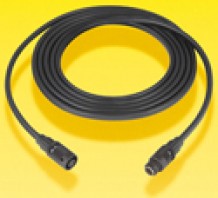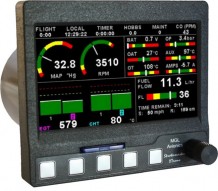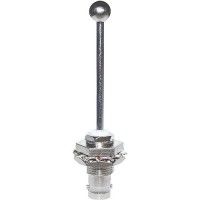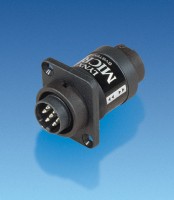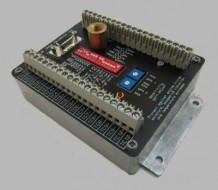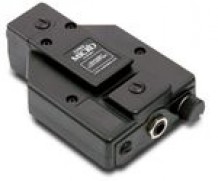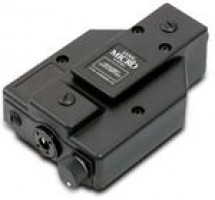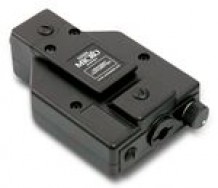Aircraft Spruce Canada
Brantford, ON Canada
Corona, CA | Peachtree City, GA
Chicago, IL | Wasilla, AK
Lynx Avionics Headset Converter (Twin Jack)
MFR Model# M070
- JUMP TO
- Overview
- Features
- Reviews
- Q&A
- View in Catalog
Overview
|
The Headset Converter (Twin Jack) is for use with aviation headsets or helmets fitted with standard twin jack plugs and allows the headset or helmet to connect to a Lynx Micro System Radio/Power Interface. The converter will allow virtually any twin jack military or general aviation headset or helmet to be used in aircraft which have Lync Micro System equipment installed. The converter can be configured to work with speaker impedance from 8 to 600 Ohms and dynamic electric or carbon (Amplified) microphones. Active Noise Reduction (ARN) headsets can be powered form the converter using the tip of the microphone jack plug. The Converter is backwards compatible with all Micro System products and maintains all of the power/radio interface functions including selective PTT operation and microphone muting. The Converter effectively transforms the Micro System Radio/Power Interface into a high quality general aviation intercom system and is very useful in syndicated aircraft where some users wish to retain the use of the general aviation headset or helmet The Converter is also useful for pilots of Vintage aircraft as it allows classic helmets to be used with State of the Art intercom system and modern radios including hand held radios. |
Features
- Connects twin jack headset or helmet
- Works with speakers from 8 to 600 Ohms
- Accepts dynamic, electret or carbon microphones
- ANR power to microphone jack tip
- Headset volume control
- Maintains selective PTT operation and muting
- Water resistant bayonet locking connector
- Supplied with fixing kit
Reviews
My old hand-held radio and headset date back to the 80s. Theyre GA (I was using them for sailplanes/motorgliders), and now I have a new interest in ultralight trikes to get back into soaring. Turns out that micro-systems are popular/standard in LSA, so this is exactly what I needed for some dual-time in a 2-seater. It just plugs right in and works!
Q&A
Please note, Aircraft Spruce Canada's personnel are not certified aircraft mechanics and can only provide general support and ideas, which should not be relied upon or implemented in lieu of consulting an A&P or other qualified technician. Aircraft Spruce Canada assumes no responsibility or liability for any issue or problem which may arise from any repair, modification or other work done from this knowledge base. Any product eligibility information provided here is based on general application guides and we recommend always referring to your specific aircraft parts manual, the parts manufacturer or consulting with a qualified mechanic.
Per the instructions in the PDF below the overview description on our web site states this unit will work with a general aviation headset with headphone and microphone jacks. As long as you use a Bose headset with the general aviation plugs this will work. A Bose with a six pin limo jack would not work with this unit.

 Aircraft Spruce Canada
Aircraft Spruce Canada
